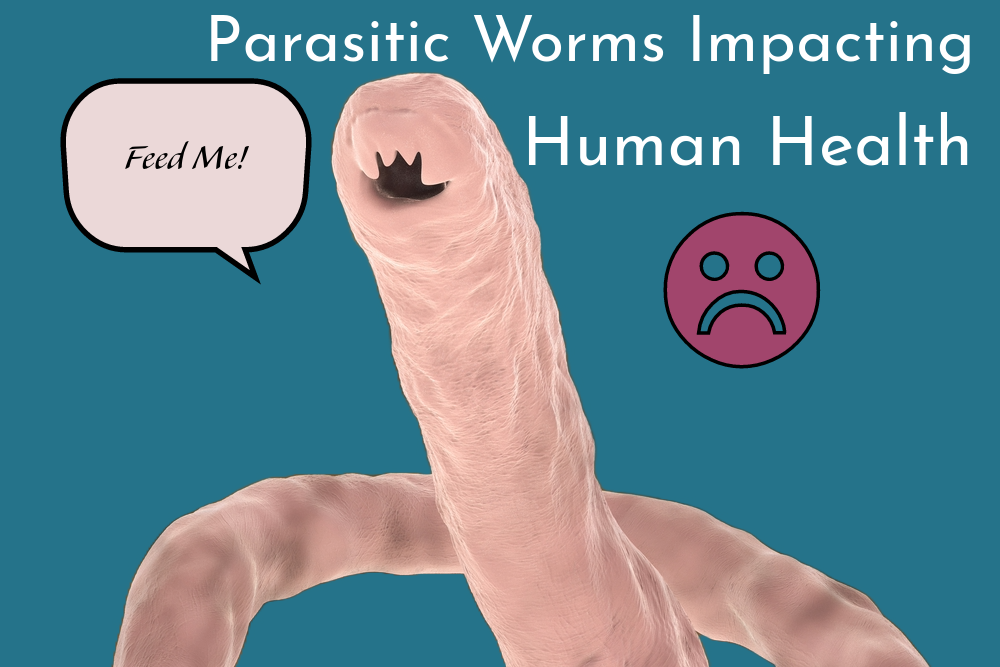Unraveling Australia's Hidden Threat: Parasitic Worms Impacting Human Health
Introduction:
In the intricate web of life, parasites have managed to find a niche by exploiting various hosts, including humans. Within Australia’s diverse landscapes, parasitic worms have established their presence, exerting significant impacts on human health. This article delves into the realm of parasitic worms found in Australia and elucidates their adverse effects on human well-being.
A Closer Look at Parasitic Worms:
Australia’s unique ecosystems have provided fertile ground for the proliferation of parasitic worms that target humans. Among them, Schistosoma mansoni and Schistosoma japonicum trematodes have found a habitat in freshwater environments. These parasites utilize snails as intermediate hosts, with human infection occurring through contact with contaminated water sources. The resulting schistosomiasis disease entails chronic health complications for millions worldwide [1].
Introducing the Hookworms:
Hookworms, specifically Necator americanus and Ancylostoma duodenale, present a significant health concern in Australia. These worms infiltrate the body through the skin, often in areas of poor sanitation. Once in the intestines, they attach to the intestinal lining and feed on blood, leading to chronic anemia, malnutrition, and impaired cognitive development, particularly in children [2].
The Impact on Human Health:
Parasitic worm infections can have dire consequences for human health. Schistosomiasis leads to hepatosplenic complications, urinary tract damage, and an increased vulnerability to other infections due to compromised immunity [1]. Hookworm infestations result in anemia, fatigue, and impaired growth in children. The constant blood loss perpetuated by these parasites exacerbates existing health disparities, particularly in resource-limited areas [2].
Tackling the Issue:
The battle against parasitic worms requires a multifaceted approach. Improving sanitation and access to clean water sources is paramount in preventing the transmission of waterborne parasites like schistosomes. Health education plays a crucial role in raising awareness about the risks of exposure to contaminated water [1].
For hookworms, interventions include deworming campaigns in endemic areas, improved personal hygiene practices, and the use of protective footwear to prevent skin contact with contaminated soil. These measures can collectively curtail the spread of infections and alleviate the burden of disease [2].
Conclusion:
Australia’s rich biodiversity extends beyond its captivating wildlife to include a hidden world of parasitic worms that impact human health. By shedding light on the intricacies of these infections, we can empower communities to take proactive steps in preventing and managing worm infestations. Through targeted interventions, improved sanitation, and education, we can work towards a future where the threat of parasitic worms diminishes, allowing both humans and nature to thrive.
References:
Colley DG, Bustinduy AL, Secor WE, King CH. Human schistosomiasis. Lancet. 2014;383(9936):2253-2264.
Hotez PJ, Brooker S, Bethony JM, et al. Hookworm infection. N Engl J Med. 2004;351(8):799-807.



